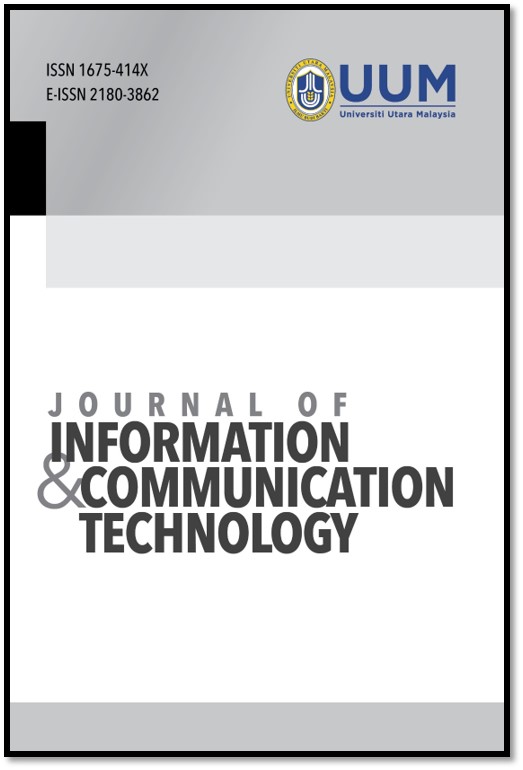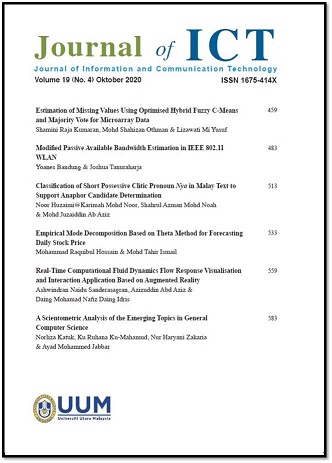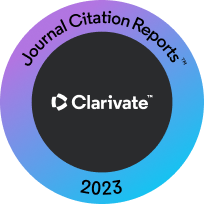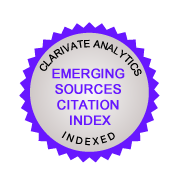Prediction of Rice Yields in a Changing Climate Using the Mobile Rice Yield Prediction Application
DOI:
https://doi.org/10.32890/jict2025.24.2.1Abstrak
In Malaysia, rice production is crucial for national food security but faces significant challenges due to unpredictable climate patterns and climate change. Traditional prediction methods often struggle to capture the complex interaction between climatic and agricultural factors that cause a critical gap in accurately forecasting rice yields. This paper examines the Mobile Rice Yield Prediction Application (MRYPA) through a comparative analysis of two regression models: A baseline multiple linear regression model and an enhanced version incorporating polynomial and interaction terms. A 10-year dataset from the Malaysian Meteorological Department (MetMalaysia) and the Department of Statistics Malaysia (DOA) were trained and tested on varying data splits and then evaluated using performance metrics such as R-squared, Mean Absolute Error, Mean Square Error, and Root Mean Square Error. The findings reveal that while the enhanced model demonstrates marginally better predictive accuracy in smaller datasets, both models exhibit comparable performance with larger training datasets. A 50% train-test split yielded the best results for both models, achieving an R-squared value of 0.9843 for the baseline model and marginal improvements for the enhanced model. These findings underscore the potential of integrating yield and climate data into user-friendly tools, such as MRYPA, to empower stakeholders to make informed, data-driven decisions for sustainable agriculture and national food security. Future work will refine the prediction accuracy and system utility by integrating different data sources and advanced machine-learning models.


 2002 - 2020
2002 - 2020

























